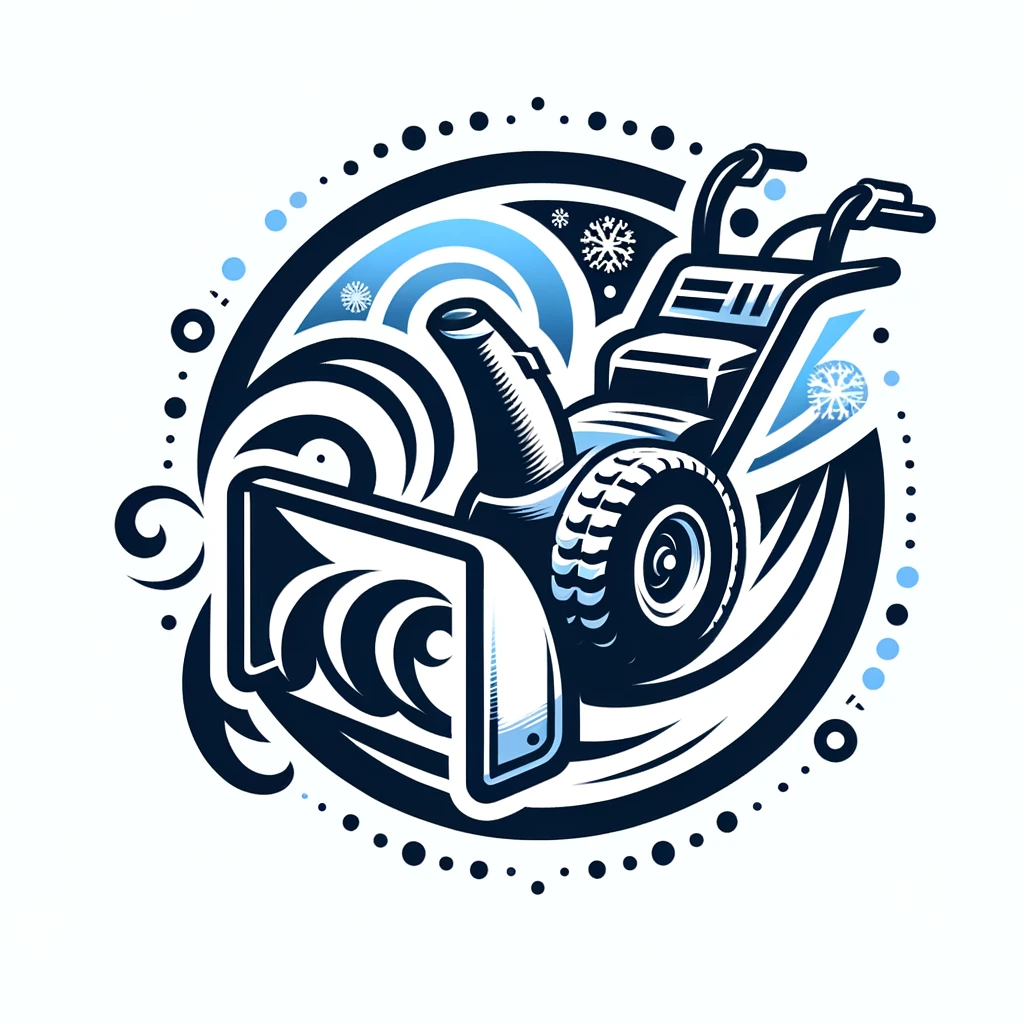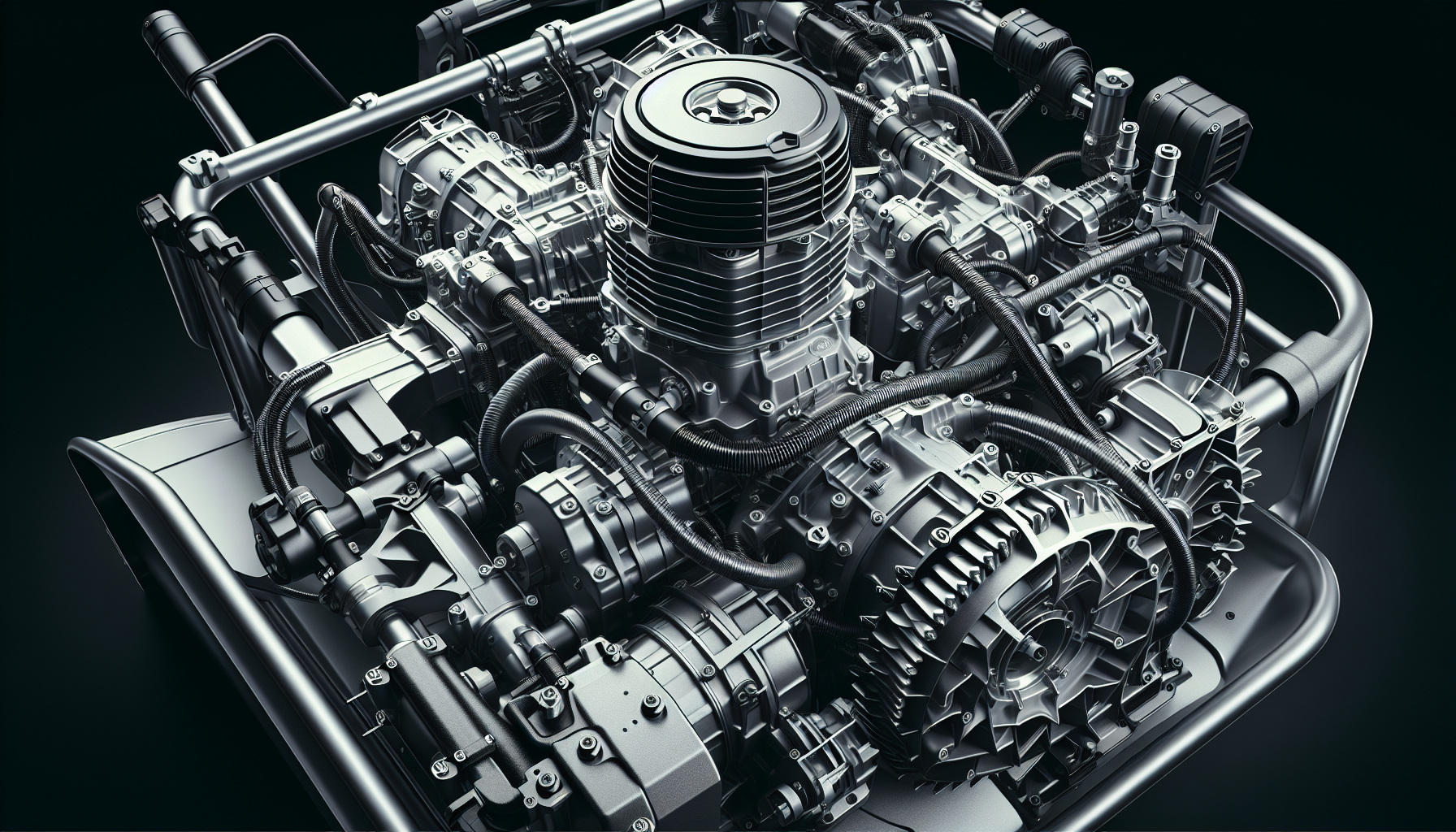Looking for a dependable 2-stage snow blower to make winter snow removal a breeze? Look no further! In this article, we will explore the top contenders for the title of the most reliable 2-stage snow blower. With their powerful engines, durable construction, and efficient snow-throwing capabilities, these snow blowers are sure to help you conquer even the toughest winter storms. So, let’s dive right in and find out which one is the best fit for your needs!
Factors to Consider
When shopping for a 2-stage snow blower, there are several factors you should consider to ensure you choose the most reliable option for your needs. These factors include brand reputation, engine power, clearing width, intake height, throwing distance, auger design, impeller design, transmission, features and accessories, and price. By evaluating each of these factors, you can make an informed decision and select a snow blower that will effectively handle the heavy snowfall of winter.
Top 2-Stage Snow Blower Brands
There are several reputable brands in the market when it comes to 2-stage snow blowers. These brands have proven their reliability and durability over time, making them popular choices among homeowners. Among the top brands are Ariens, Toro, Honda, Husqvarna, and Craftsman. These brands offer a range of models with various features and capabilities, allowing you to find the perfect snow blower to suit your specific needs.
1. Brand Reputation
Brand reputation plays a crucial role in determining the reliability of a 2-stage snow blower. It is always a good idea to consider customer reviews, as they provide valuable insights into the performance and durability of a particular brand and model. Additionally, pay attention to the warranty offered by the manufacturer. A longer warranty period typically indicates that the brand has confidence in the quality of their snow blowers. Lastly, consider the longevity of the brand. Brands that have been in the industry for a significant amount of time are more likely to have a strong reputation for reliability.
2. Engine Power
The engine power of a 2-stage snow blower is an important factor to consider, as it determines the machine’s ability to effectively clear snow. Horsepower is a commonly used measurement of engine power, and a higher horsepower rating typically indicates a more powerful and efficient machine. When considering engine power, also take into account the fuel type. Gas-powered snow blowers are often more powerful and suitable for larger areas, while electric-powered snow blowers are typically quieter and more environmentally friendly. Additionally, consider whether the snow blower has an electric start option, as this can make it easier to start the machine in cold weather conditions.
3. Clearing Width
The clearing width is the width of the path that the snow blower can clear with each pass. It is an important consideration, as it determines the efficiency and speed at which you can clear your driveway or walkway. The ideal clearing width for your needs will depend on the size of the area you need to clear and the average snowfall in your region. Larger clearing widths can cover a larger area in a shorter amount of time, but they may be more difficult to maneuver in tight spaces. On the other hand, smaller clearing widths are more maneuverable but may require more passes to clear a large area. Consider the pros and cons of different clearing widths to find the one that best suits your needs.
4. Intake Height
The intake height is the maximum height of the snow that the snow blower can handle. It is important to consider the suitability of the snow blower’s intake height to the depth of snowfall in your area. If you experience heavy snowfall, you will want a snow blower with a higher intake height to ensure that it can effectively clear the snow without getting clogged. Some snow blowers also offer adjustable intake heights, allowing you to adapt to different snow depths. However, keep in mind that adjustable intake heights may require additional adjustments, adding a bit more complexity to the operation of the snow blower.
5. Throwing Distance
The throwing distance refers to how far the snow blower can throw the cleared snow. Enhanced throwers typically have a longer throwing distance, which can be beneficial if you need to clear snow from a large area or if you want to ensure that the snow is thrown further away from your cleared path. Factors that can affect the throwing distance include the power of the snow blower’s engine, the design of the auger and impeller, and the weight and moisture content of the snow. Consider these factors to determine the throwing distance that is suitable for your needs.
6. Auger Design
The auger is the component of the snow blower that scoops up and breaks apart the snow. The design of the auger can impact the machine’s performance and durability. Steel augers are generally more durable and efficient at breaking through packed snow and ice, making them a popular choice among homeowners. On the other hand, plastic augers are lightweight and can be suitable for clearing light snowfall. Additionally, consider the number and shape of the auger blades, as these factors can also affect the snow blower’s performance.
7. Impeller Design
The impeller is responsible for throwing the cleared snow out of the chute. There are two main types of impellers: single-stage and double-stage. Single-stage impellers are typically found in smaller snow blowers and are designed to break up and throw the snow in one motion. Double-stage impellers, on the other hand, have an additional fan-like component that helps propel the snow further. The shape and material of the impeller can also impact its effectiveness. Look for durable impellers made of materials such as steel or reinforced plastic for long-lasting performance.
8. Transmission
The transmission of a 2-stage snow blower determines how the power from the engine is transferred to the wheels or tracks. There are two main types of transmissions: manual and automatic. Manual transmissions require the operator to shift gears manually, allowing for more precise control over the machine’s speed. Automatic transmissions, on the other hand, adjust the speed automatically based on the load and conditions, making them easier to use for those who are less experienced. Consider your level of comfort and preference when it comes to transmissions and choose one that suits your needs.
9. Features and Accessories
Snow blowers come with a variety of features and accessories that can enhance their performance and convenience. Some common features to consider include headlights for improved visibility in low-light conditions, heated handgrips for added comfort, and power steering for easier maneuverability. Additionally, consider accessories such as snow cabs to provide protection from the elements, drift cutters to help handle deep snowbanks, and tire chains for increased traction on slippery surfaces. Evaluate the features and accessories offered by different models to find the ones that will be most beneficial for your specific snow clearing needs.
10. Price
Price is always an important factor to consider when purchasing any product, and 2-stage snow blowers are no exception. It is essential to find a snow blower that offers good value for your money. While there may be budget-friendly options available, be cautious of compromising on quality and reliability. Look for models that offer the features and capabilities you need at a price point that fits within your budget. Additionally, consider the long-term value of the snow blower, including factors such as maintenance and repair costs, as well as the availability of replacement parts. High-end models may come with a higher upfront cost, but they may also offer superior performance and durability, making them a worthwhile investment in the long run.
In conclusion, when searching for the most reliable 2-stage snow blower, consider factors such as brand reputation, engine power, clearing width, intake height, throwing distance, auger design, impeller design, transmission, features and accessories, and price. By carefully evaluating each of these factors and finding the right balance for your specific needs, you can confidently choose a snow blower that will effectively and reliably handle the winter’s heavy snowfall. Stay warm and stay safe!


